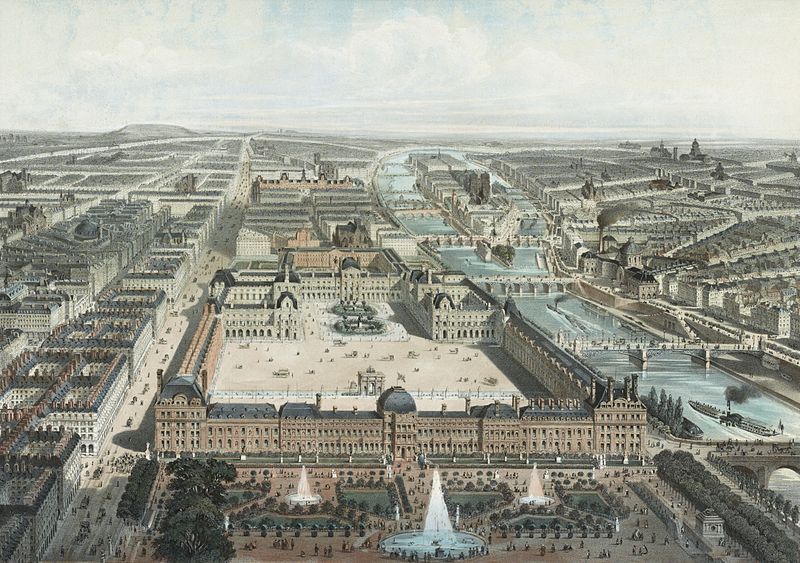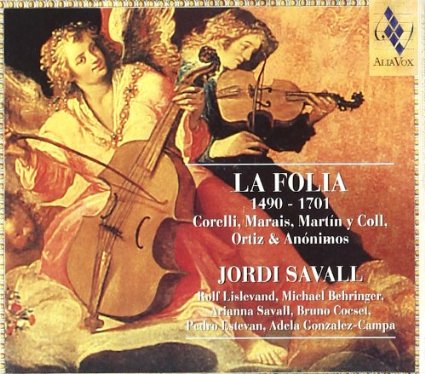
In 1778, at the age of 22, Mozart traveled to Paris with his ill mother in hopes of landing a job at the court of Versailles. Years earlier, as a child harpsichord prodigy, he had created a sensation in the French capital. Now, the mature Mozart’s music went over the heads of most French nobility. It seemed too complicated. There were just “too many notes.” As one review observed,
The composer obtained the commendation of lovers of the kind of music that interests the mind without touching the heart.
Mozart’s Parisian job search was ultimately unsuccessful. Following the death of his mother, Anna Maria, he returned to Salzburg a year later in 1779. But his time in Paris resulted in one spectacular, crowd-pleasing triumph: the Symphony No. 31 in D major, K. 297. The “Paris” Symphony took advantage of the large orchestra Mozart had at his disposal (this was his first symphony to use clarinets). The public premiere took place at the Concert Spirituel at Tuileries Palace, one of the earliest public concert venues.
Mozart’s letters to his father suggest his simultaneous contempt for the French and his determination to craft a symphony that would be popular with the audience. In this excerpt he anticipates the “Paris” Symphony’s public performance:
They both liked it very much. I too am very pleased with it. But whether other people will like it I do not know … I can vouch for the few intelligent French people who may be there; as for the stupid ones – I see no great harm if they don’t like it. But I hope that even these idiots will find something in it to like; and I’ve taken care not to overlook the premier coup d’archet [the loud, tutti opening developed by Lully which was popular with Parisian audiences at the time]…What a fuss these boors make of this! What the devil! – I can’t see any difference – they all begin together – just as they do elsewhere. It’s a joke.
Mozart went so far as to repeat a passage in the first movement that he thought would be popular with the audience. It was standard for eighteenth century audiences to applaud in the middle of movements if they found the music exciting:
In the middle of the opening Allegro there was a passage that I knew people would like; the whole audience was carried away by it, and there was tremendous applause. But I knew when I wrote it what sort of an effect it would make, and so I introduced it again at the end, with the result that it was encored.
Amazingly, in spite of all of Mozart’s efforts to “play to the crowd,” which included writing an alternate, now rarely heard Andante in 3/4 time, the most sublime music emerges. Contrary to the premise of this recent New York Times article, we don’t hear Mozart’s life experiences or his emotions in the music. In Paris, he ran up against the same mediocrity and petty politics we all encounter. But the music came from somewhere else. While Mozart was “playing to the crowd,” perhaps even poking fun at popular elements like the first movement’s opening Mannheim Rocket tutti, higher powers were playing through him.
No one is sure which passage Mozart purposely repeated in the first movement, but it could be the contrapuntal music first heard at 2:05. Listen to the layers of rhythm which explode with childlike enthusiasm in the inner voices at 2:58.
Throughout this symphony there are interesting sudden shifts between major and minor-moments which hint at a sense of melancholy lurking under the surface (for example listen to 10:12 in the second movement).
Here is a performance featuring period instruments with the Mozart Akademie Amsterdam conducted by Jaap Ter Linden:
[ordered_list style=”decimal”]
- Allegro assai (0:00)
- Andantino (8:30)
- Allegro (14:10)
[/ordered_list]
https://www.youtube.com/watch?v=HMXiEcmb0as
[unordered_list style=”tick”]
[/unordered_list]

